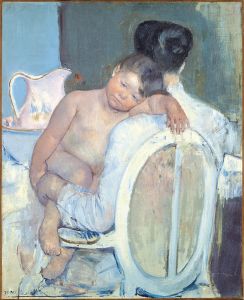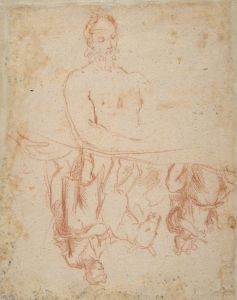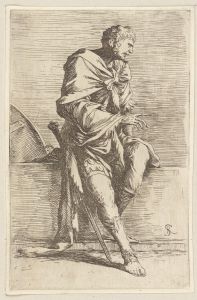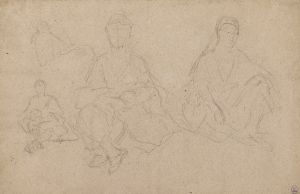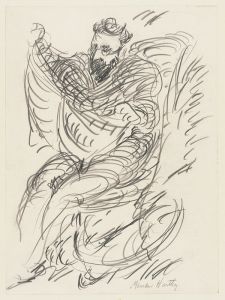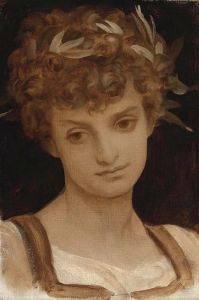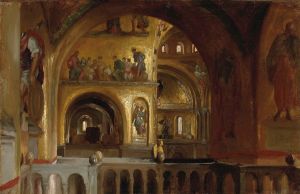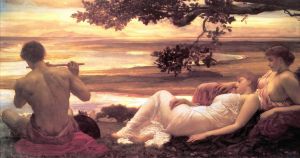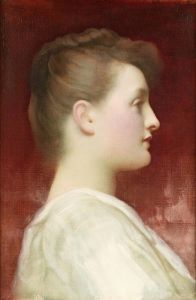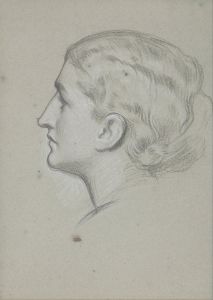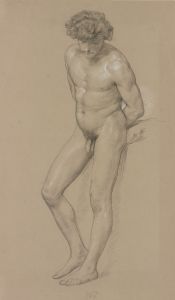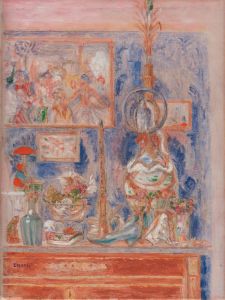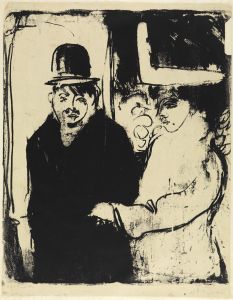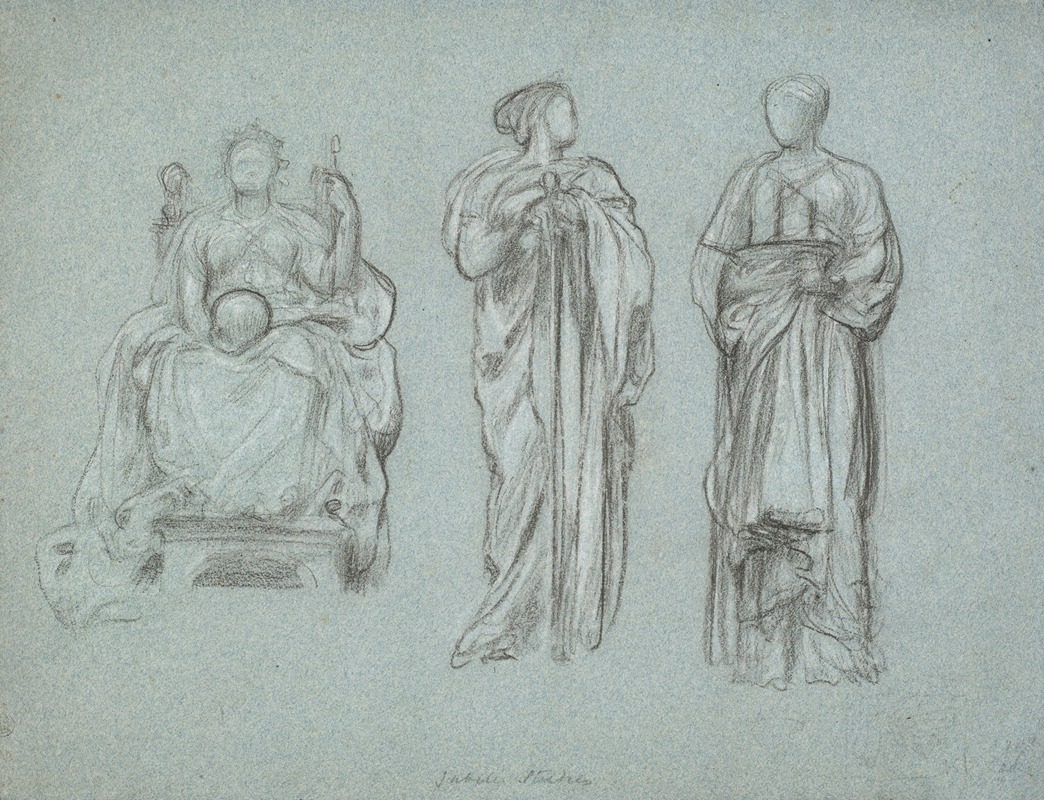
Three studies of draped female figures, one seated
A hand-painted replica of Frederic Leighton’s masterpiece Three studies of draped female figures, one seated, meticulously crafted by professional artists to capture the true essence of the original. Each piece is created with museum-quality canvas and rare mineral pigments, carefully painted by experienced artists with delicate brushstrokes and rich, layered colors to perfectly recreate the texture of the original artwork. Unlike machine-printed reproductions, this hand-painted version brings the painting to life, infused with the artist’s emotions and skill in every stroke. Whether for personal collection or home decoration, it instantly elevates the artistic atmosphere of any space.
Frederic Leighton, an eminent British artist of the 19th century, is renowned for his contributions to the academic art movement. One of his notable works is "Three Studies of Draped Female Figures, One Seated." This piece exemplifies Leighton's mastery in depicting the human form and his fascination with classical themes and aesthetics.
Leighton was born in 1830 and received his artistic education in Europe, studying in cities like Florence, Paris, and Frankfurt. His exposure to various art styles and movements during his formative years significantly influenced his artistic approach. Leighton became associated with the Victorian neoclassical style, which often drew inspiration from ancient Greek and Roman art.
"Three Studies of Draped Female Figures, One Seated" showcases Leighton's skill in rendering the human figure with grace and precision. The artwork consists of three separate studies of female figures, each draped in flowing garments. The central figure is seated, while the others are depicted in standing poses. Leighton's attention to detail is evident in the delicate folds of the drapery and the naturalistic portrayal of the figures' anatomy.
The use of drapery in this work highlights Leighton's interest in classical sculpture, where garments often played a crucial role in accentuating the form and movement of the body. The draped figures in this piece are reminiscent of ancient statues, reflecting Leighton's admiration for classical art and his desire to capture its timeless beauty.
Leighton's approach to composition and form in this study is indicative of his broader artistic philosophy. He believed in the importance of beauty and harmony in art, often prioritizing these elements over narrative content. This focus on aesthetic qualities is a hallmark of his work and aligns with the principles of the academic art movement, which emphasized technical skill and adherence to classical standards.
Throughout his career, Leighton held several prestigious positions, including the presidency of the Royal Academy of Arts from 1878 until his death in 1896. His leadership and influence were instrumental in shaping the direction of British art during this period. Leighton's works, including "Three Studies of Draped Female Figures, One Seated," continue to be celebrated for their technical excellence and contribution to the neoclassical tradition.
In summary, "Three Studies of Draped Female Figures, One Seated" is a testament to Frederic Leighton's artistic prowess and his dedication to classical ideals. The piece reflects his ability to blend technical skill with a deep appreciation for the beauty of the human form, making it a significant work within his oeuvre and the broader context of 19th-century academic art.





